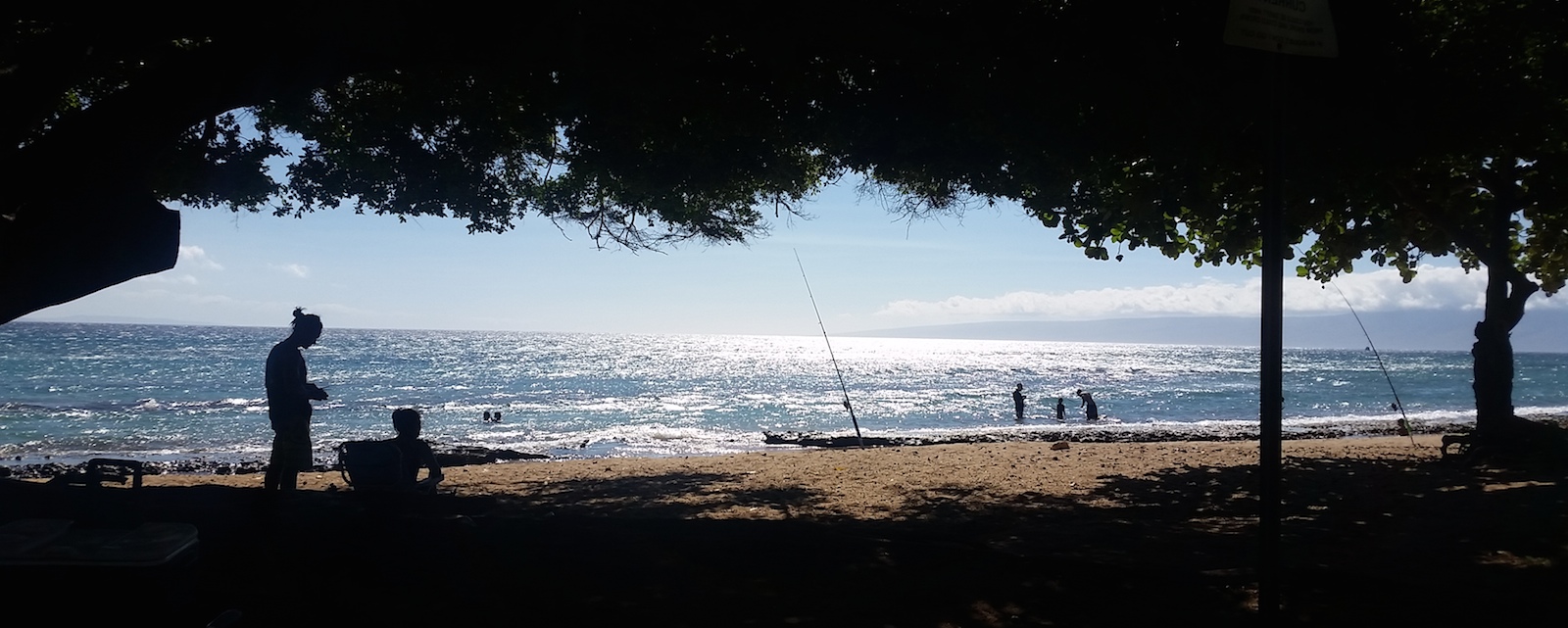
Oceans and Coastal Ecosystems
Ocean temperatures in the Pacific region exhibit strong year-to-year and decadal fluctuations, but since the 1950s they have also exhibited a warming trend, with temperatures from the surface to a depth of 660 feet rising by as much as 3.6°F. Future sea surface temperatures are projected to continue increasing through 2100, even if current emissions of heat-trapping gases are substantially reduced.
Corals
Coral bleaching events, which result from higher ocean temperatures, can weaken or kill corals. Advanced modeling techniques project a large decline in coral cover in the Hawaiian Archipelago during this century, though the time frames and geographic distribution of the projected declines are not consistent.
By 2100, assuming ongoing increases in emissions of heat-trapping gases, continued loss of coral reefs and the shelter they provide could result in extensive losses in both numbers and species of reef fishes. Even with a substantial reduction in emissions, reefs may lose as much as 40 perfect of their reef-associated fish. Coral reefs in Hawai‘i provide an estimated $385 million in goods and services annually, and this revenue could be threatened by these impacts.
Fisheries
The economically important tuna fishery in the Pacific Island region will also experience negative impacts from climate change. For instance, warming in the subtropical South and North Pacific will result in less favorable conditions for tuna. This trend is projected to continue under future climate change.
Changes to both corals and fish pose threats to communities, cultures, and ecosystems of the Pacific Islands, both directly through their impact on food security and indirectly through their impact on economic sectors, including fisheries and tourism.
Ocean acidification
Ocean chemistry is also changing in the region, and this adds to ecosystem stresses from increasing temperatures. Ocean acidity has increased by about 30 percent since the pre-industrial era, and is projected to further increase by 37 percent to 50 percent from present levels by 2100. The amount of calcium carbonate—the biologically important mineral critical to reef-building coral and to calcifying algae—will decrease as a result of ocean acidification. By the middle of the century, ocean chemistry may change enough to reduce coral growth and survival around the Pacific, with continuing declines thereafter. Ocean acidification reduces the ability of corals to build reefs and also increases erosion, leading to more fragile reef habitats. These changes are projected to have a strong negative impact on the economies and well-being of island communities, with loss of coral biodiversity and reduced resilience.




